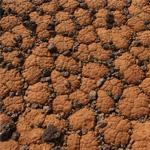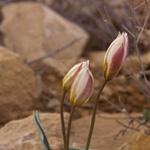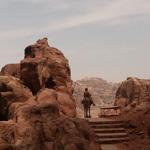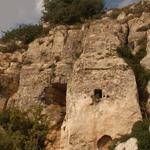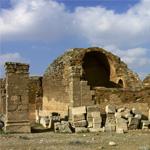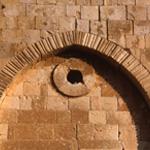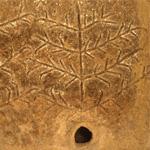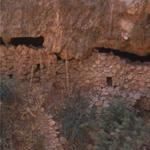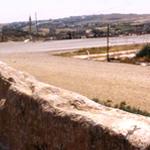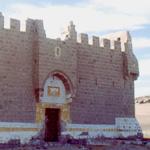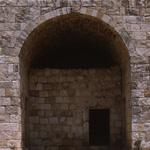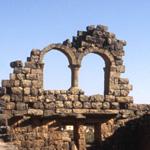Research & Publications
Ammar Khammash is well established in Jordan and internationally for his knowledge in Jordan's cultural and natural heritage. He is an expert in local building techniques and traditions; has extensive knowledge in the geology of Jordan and its natural features; and is one of the few architects who are interested in medicinal plants and using them as a viable tool in the socio-economic development. This section includes research and publications by Khammash on numerous topics including design, architecture, environment, paleontology and geology from 1986 till present.
